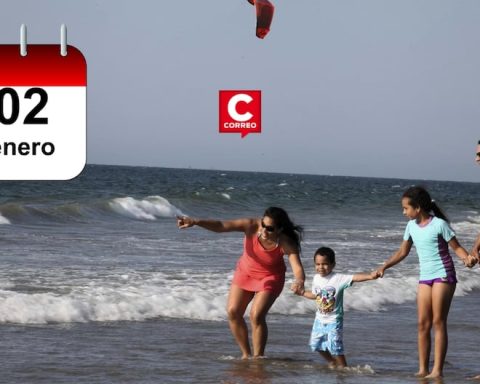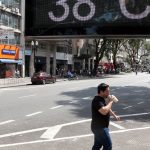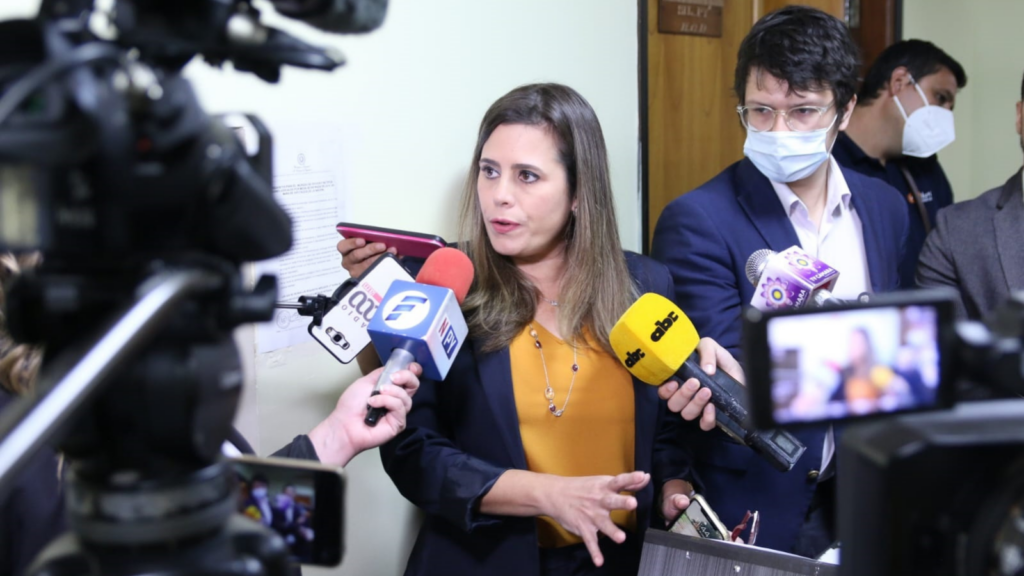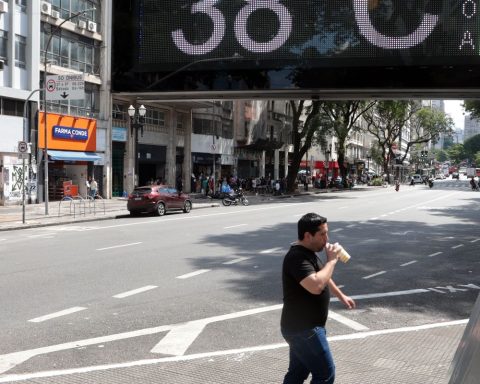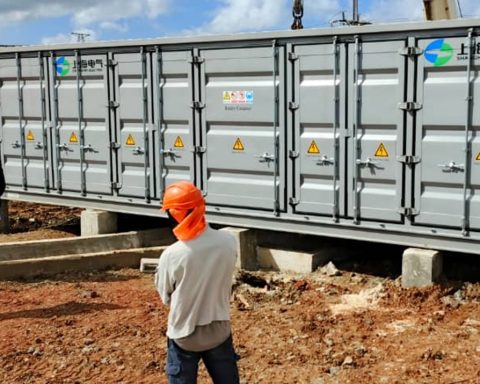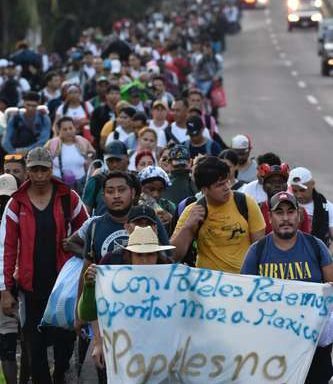The Ministry of Foreign Trade and Tourism (Mincetur) reported that 13 regions of Peru increased their shipments to the world in January of this year, reaching US$ 2,783 million, a figure that was favored by the high prices of raw materials.
The regions that increased their exports were: Huánuco (87%), Madre de Dios (84%), Amazonas (74%), Huancavelica (51%), Lambayeque (38%), Arequipa (34%), Moquegua (22%). ) and Apurimac (19%).
Also Tumbes (16%), San Martín (16%), La Libertad (15%), Piura (13%) and Cajamarca (7%).
Likewise, in the first month of the year, Peruvian agricultural exports grew 21% compared to the same month of 2021, highlighting the strong rise in shipments of coffee in the mountains (359%) and jungle (124%). In the coastal regions, the sale of blueberries (100%) and grapes (9%) increased.
Exports by regions
Southern exports increased 10%, to reach US$ 1,192 million, thanks to higher mineral prices. The regions that grew were Arequipa (34%, due to copper shipments), Moquegua (22%, due to shipments of sulfuric acid, molybdenum and copper) and Apurímac (19%, due to copper and molybdenum exports).
In the jungle, three regions increased their export. These are Madre de Dios (84%) due to the promotion of forest products, gold and walnuts; Amazonas (74%) due to the sale of coffee and cocoa beans; and San Martín (16%) for coffee and palm oil.
In the north, five regions increased their exports, including Lambayeque (38%), Tumbes (16%), La Libertad (15%), Piura (13%), and Cajamarca (7%).
On the other hand, in the central zone, exports decreased 43% due to lower sales of iron, copper and gold. In January 2022, two regions increased their shipments: Huánuco (87%) due to higher sales of cocoa beans, and Huancavelica (51%) due to lead, silver and copper.






